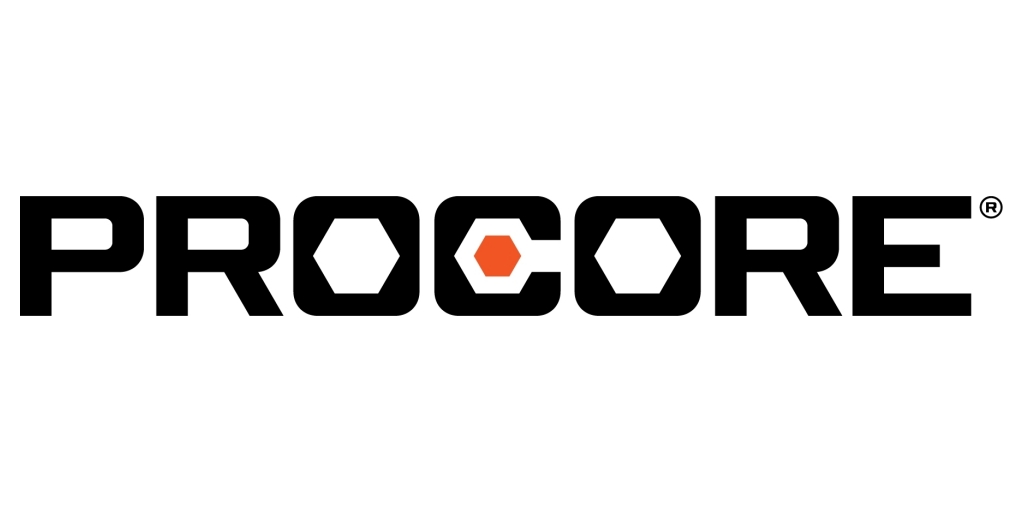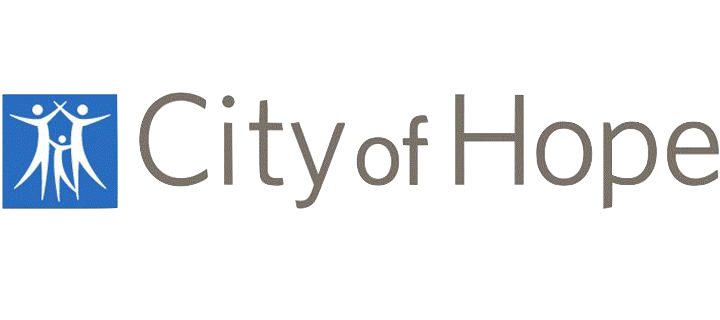
Digital transformation has reached every industry, with almost 89% of business leaders perceiving it as a strategic priority. Many companies go through paradigm shifts induced by new technologies and methodologies. However, the field of product engineering is the most impacted. While the transformation journey for every organization is different, here’s a look at what the transformation journey of a product engineering organization is like and how it can influence faster digital transformation.
To begin with an assessment, enterprises must define the challenges they face, including:
- A complex development environment
- Extensive and time-consuming learning paths
- Lack of standardization
- Difficulty in bringing agility and innovation into core business processes
To understand relevant barriers and opportunities, organizations must conduct a “situational analysis” as a reference point to enable the planning and prioritization of the transformation program initiatives. The best way is a SWOT analysis (of internal and external factors) that defines the current situation accurately:
| Environmental Factors | Opportunities | Threats |
|---|---|---|
| Internal/External | 1. Right information at the right time for meaningful actions 2. Demand for seamless user experience 3. Transparency and calculated risk-taking 4. Emerging tech 5. Advanced cloud managed services | 1. Speed of innovation 2. Speed of technological changes 3. Resource and talent constraints |
| Strengths | Make use of opportunities through strengths | Prevent threats through strengths |
|---|---|---|
| 1. Deep domain expertise 2. Desire to learn and innovate 3. Product extensions 4. Offshore-onshore models | 1. Data lakes and information architecture 2. Cloud migration and native development 3. Microservices based architecture 4. Talent development strategy | 1. Automation 2. Discovery and design methodology 3. Better resource utilization 4. Fostering an agile culture |
| Weaknesses | Make use of opportunities to minimize weaknesses | Minimize potential dangers where weaknesses meet threats |
|---|---|---|
| 1. Longer lead times 2. Slow execution 3. New product launches 4. Siloed and duplicate data 5. High operating costs 6. Speed and agility 7. Imbalanced demand and capacity | 1. DevSecOps 2. Tech standardization for operational efficiency 3. Application rationalization to improve efficiency 4. Agile product delivery methodology | 1. AL/ML strategy 2. Rapid prototype development |
5 building blocks for product engineering organizations to step into the transformation roadmap:
1. Development of Software Applications/ Application Modernization
Consider the software development life cycle around traditional application development instead of AI/ML-based solutions and analytics initiatives, and build mature SDLC (?) practices to develop the deployment of the right solutions.
2. Cloud-based Platforms/Data Analytics Tools
Assess the right architectural framework, rationalize technologies and solutions, and build architectural runways to drive agility, deploying scalable cloud computing and analytics to extract new consumer insights.
3. Agile Product Discovery, Design and Delivery
Deliver the right solution to the problem via a customer-centric methodology to deliver faster time-to-market.
4. Culture of Innovation and Talent Management
Establish a frictionless operating model to minimize handoffs.
4 Steps from Product Engineering to Smart Automation
At CLOUDSUFI, we capture agile delivery metrics to continuously assess and address the right issues at the right time with the following:
Experience Design – a seamless user experience with a design-led approach that is consumer-first.
Product Development – from concept to design and minimal viable product (MVP) to developing world-class products.
Product Modernization and Refactoring – transition from old technologies to the new to drive business value.
Intelligent Automation – a COE-driven approach that identifies and implements automation as an intelligent digital workforce across different processes to drive efficiency, accuracy, flexibility, and scalability of business operations.
We build the foundation of a systemic approach to minimize barriers to change and help drive digital transformation. Bring operations to the cusp of digital transformation. Contact us.





















